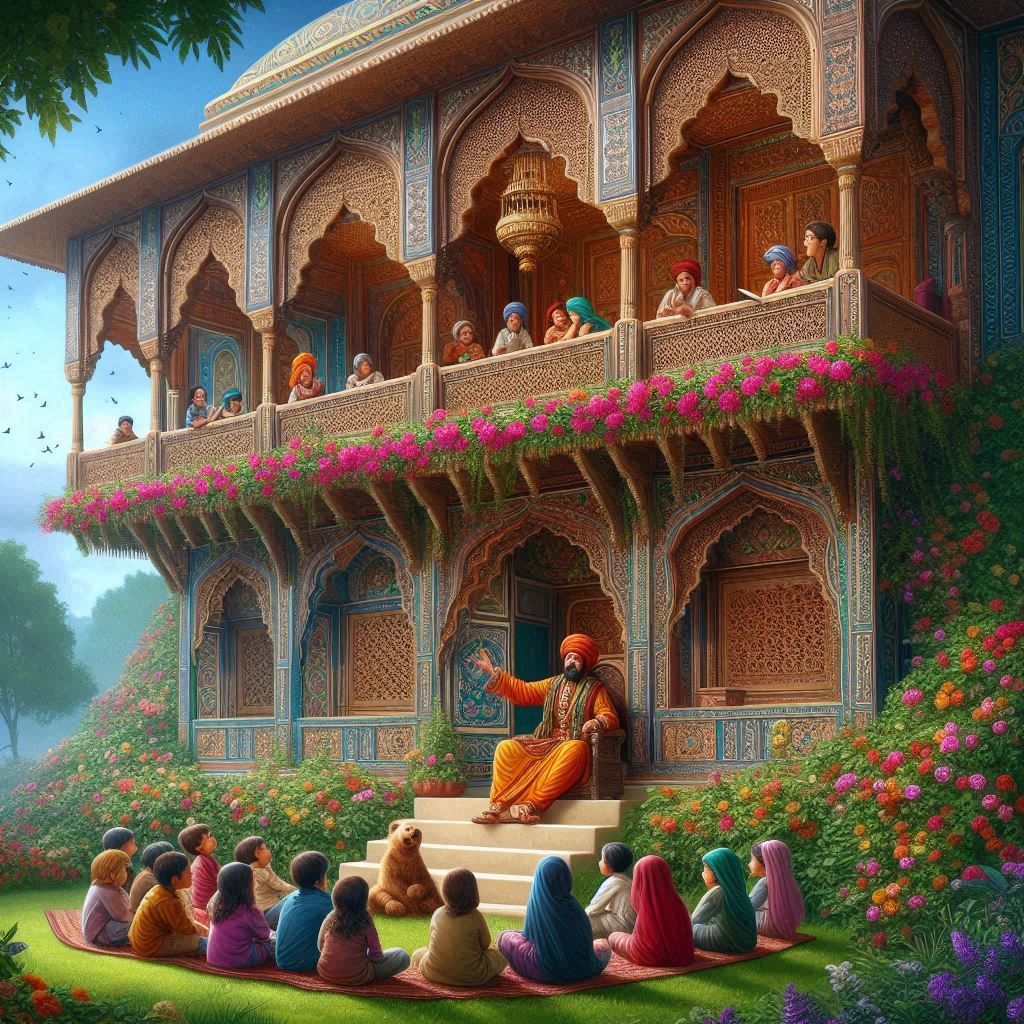
Have you ever walked through an old fort or palace in India and spotted a charming overhanging balcony with delicate lattice work, jutting out from a wall like it’s whispering a story from the past? That’s a Jharokha – one of the most graceful elements of Indian architecture, especially prominent in Rajasthan, Gujarat, and Mughal-influenced structures.
But a jharokha is not just a balcony. It’s a symbol of elegance, power, and mystery, all carved in stone or wood. Let’s open this window (pun intended!) into history and peek into the fascinating world of jharokhas.
What is a Jharokha?
A jharokha is a type of overhanging enclosed balcony, usually supported on brackets, that projects from the walls of palaces, forts, and havelis. It’s often adorned with intricate carvings, latticed screens (jaalis), and sometimes a small dome or chhatri on top.
Unlike today’s balconies for lounging and sunlight, jharokhas had multiple purposes:
- Ventilation and shade in the scorching Indian summers.
- Thanks to the jaali work, it is important for women in royal households to have the privacy to view street processions or activities without being seen.
- An aesthetic addition to enhance the majesty of the facade.
A Glimpse Into History
Jharokhas became prominent during the Rajput era and later found their way into Mughal architecture. The Mughals refined the concept with symmetrical patterns and Persian touches, while the Rajputs made them more elaborate and dramatic, fitting their royal pride.
Some famous historical examples, which I have visited:
- Hawa Mahal, Jaipur – This “Palace of Winds” has 953 jharokhas! Designed so royal women could observe the city life and festivities without stepping outside.
- City Palace, Udaipur – A glorious mix of Rajput and Mughal styles, its jharokhas overlook Lake Pichola, offering both view and ventilation.
- Patwon Ki Haveli, Jaisalmer – A golden dream in sandstone, this haveli has stunning jharokhas that look like they were carved by lace-makers!
More Than Architecture – It’s Art!
Each jharokha tells a story through its carvings, curves, and even the shadows it casts. The craftsmanship involved is no less than that of a jeweler. Even today, skilled artisans in Rajasthan continue to recreate these designs for modern homes and hotels.
Some jharokhas depict floral vines, peacocks, or mythological figures, while others are purely geometric – but all are designed with an eye for balance, symmetry, and finesse.
Why Should We Care Today?
In a world of glass and concrete, jharokhas remind us of a time when buildings had a soul. They reflect a deep understanding of climate, culture, and community:
- They offered natural cooling before ACs were invented.
- They respected privacy while staying connected to the outside world.
- They were a canvas for artists, not just architects.
Moreover, jharokhas are Instagram’s best friend! One cannot resist taking a photo framed in a royal jharokha – just ask any traveler to Rajasthan!
A Window into Our Heritage
So next time you spot a jharokha, don’t just walk past it. Imagine the royal woman peeking through its lattices, the sculptor chiseling its curves, or the breeze it welcomed into a stone palace centuries ago.
It’s not just a window. It’s a living memory, an aesthetic marvel, and a reminder that beauty and function can co-exist.
Blogchatter A2Z powers this post.
I am participating in this month-long challenge hosted by Blogchatter. You can check out my other posts about this challenge here.
Neerja Bhatnagar
Feel free to connect with me on social media to stay updated on more content like this!
Instagram | Facebook | YouTube |Twitter |Podcast |
I have written 3 solo books and 3 anthologies. You can buy my books on Amazon. If you are on Kindle Unlimited, you can read them for free. Pls, do check and share your reviews.
